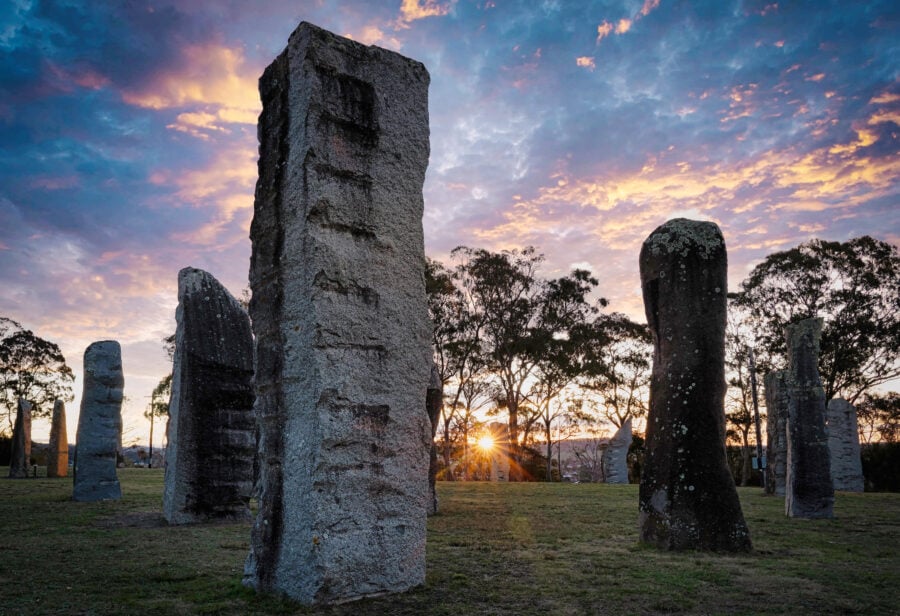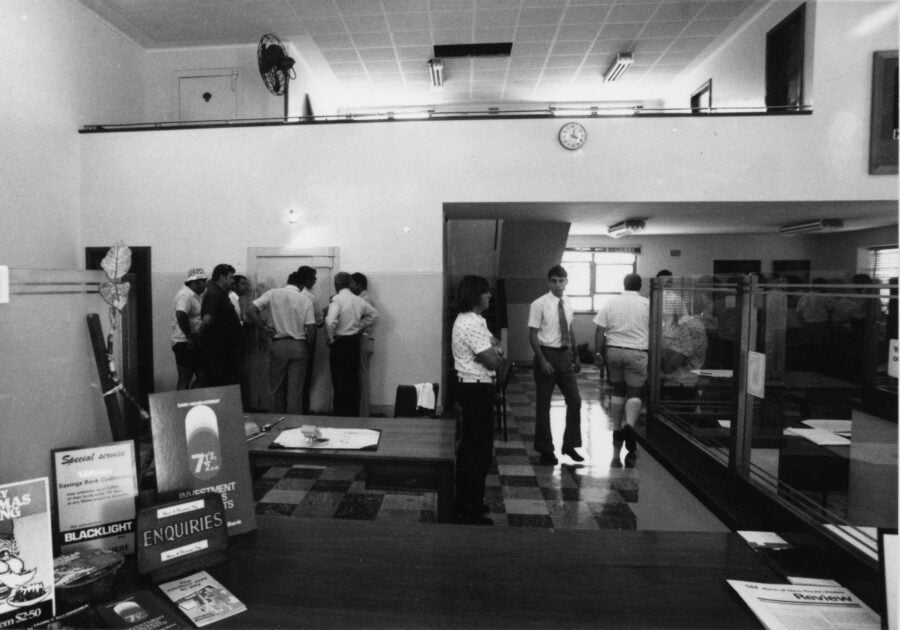The case of the glowing cross

Tim the Yowie Man
Tim the Yowie Man

IN 1907, FOLLOWING a fatal attempt to stop a runaway train at Mullumbimby, a young rail worker, William Steenson was laid to rest in the North Lismore Pioneer Cemetery. The epitaph on his tomb paid tribute to his courage and valour. Soon after his death the cemetery ceased taking new burials and became overgrown.
Fast-forward to a clear night in 1978 when, following a clean-up of the graves, a local man noticed Steenson’s cross, carved from Balmoral red granite, glowing brightly. After national newspapers splashed his astonishing account across their front pages, word of the strange phenomenon spread fast and within days the luminescent cross was attracting crowds of curious onlookers from all over Australia.
Soon teams of expert stonemasons, geologists and physicists descended on Lismore, trying to explain the phenomenon. Some claimed the glow was due to rare properties of the red granite. But the most popular explanation was that the well-polished cross was simply reflecting a nearby source of light, such as the Moon.
This theory was, however, promptly dismissed when the cross was observed glowing on moonless nights. Meanwhile, some men of faith claimed the glowing cross was a miracle and pilgrims flocked from far and wide to rub it for good luck.
Although the cross continued to inexplicably glow, interest eventually waned and Steenson’s gravesite returned to relative anonymity, until 1986 when, in the dead of night, the glowing cross vanished.
For the past 20 years ex-Lismore men Steven Fawcett and Jeremy Fenton, who both admit to being “transfixed by the cross” during their childhood, have run an unsuccessful national campaign to locate it.
“It’d be great to see the cross back on its pedestal where it belongs, not hidden in the back of someone’s garage, or covered in silt at the bottom of the river,” says Steven, who believes the cross was probably pilfered during a local treasure hunt.
“We’d also like to see it back so that further scientific studies can be undertaken,” Jeremy adds. “With today’s technology we may be able to explain its mysterious luminescent properties.”
One theory still bandied about by Lismore locals is that the glow may have been the result of ossified remnants of glow-worms embedded in the cross. But Dr David Yates, director of CSIRO’s Australian National Insect Collection, pours cold water on this.
“Granite is igneous rock, so doesn’t contain fossils or petrified remains,” he explains. “The site of the cemetery is also entirely the wrong microhabitat for living glow-worms.”
Could the cross have been a piece of red granite with rare glowing properties? Not according to Ian Williams, Professor Emeritus at the Research School of Earth Sciences at the Australian National University.
“While there are some minerals that fluoresce under UV light, they aren’t in red granite,” he says. “As a natural phenomenon, I think this is case unsolved.”
What do you think caused the cross to glow? Even better, do you know where it is? I’d love to know.




